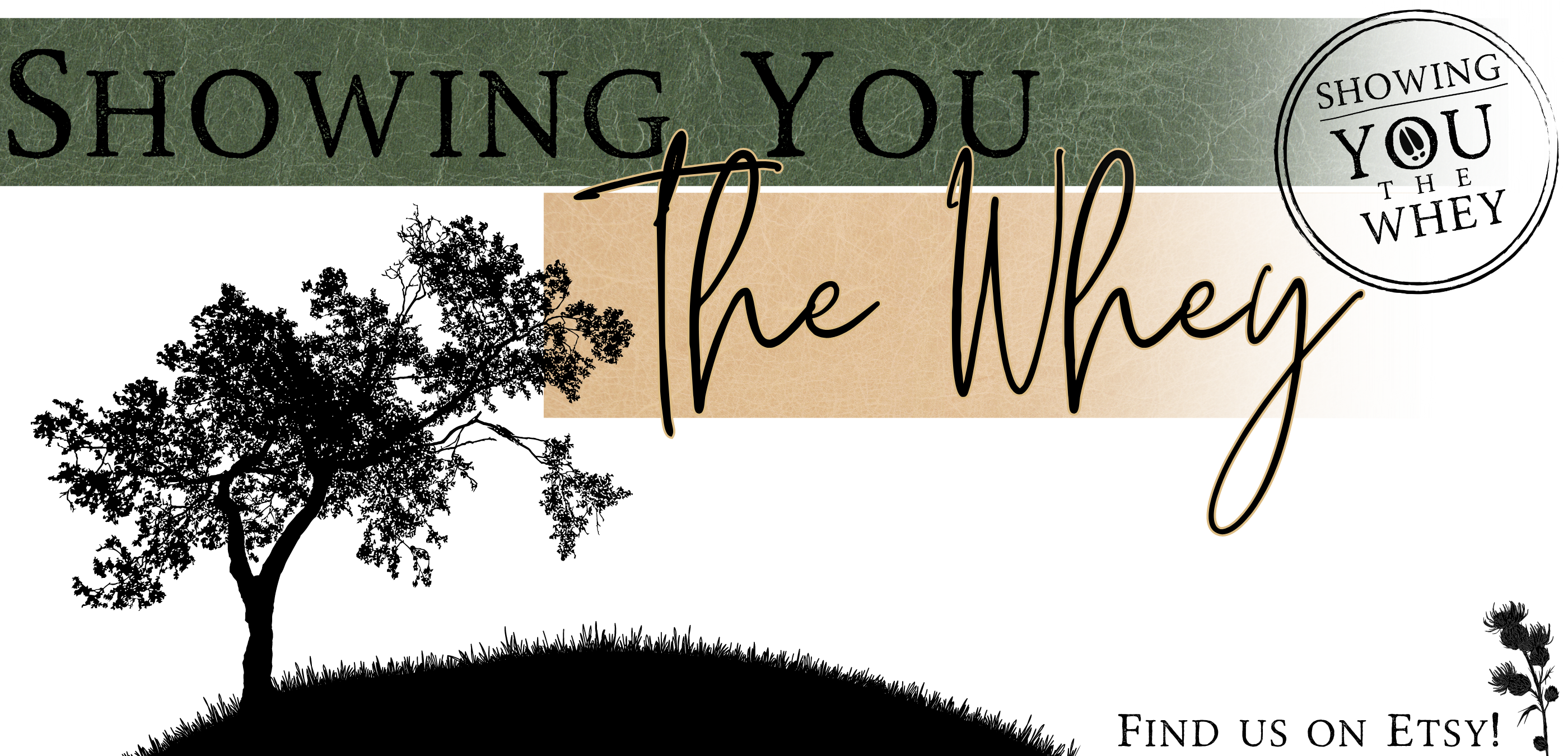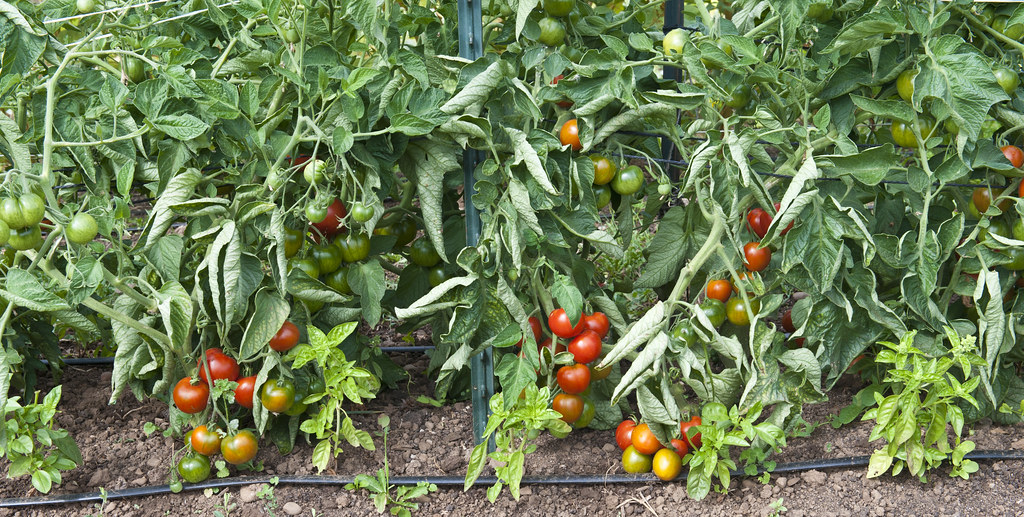Whey in Gardening: What You Need to Know
Whey is a by-product of cheesemaking and comes from milk. While it can have many uses inside the house for cooking, whey can also be used in gardening! This means that if you make cheese and already have plenty of the stuff for home use, there are other options for you to explore.
Not only is using whey in gardening a fantastic use of this by-product, but it’s also incredibly helpful to your plants. You can use it to alter the soil’s pH, fertilise, and even control things like mildew on plants.
If you would like to find out more, just keep reading. We will cover what you need to know to help make yourself that little bit more self-sufficient and knowledgeable.
What You Need to Know
Anyone who has ever made their own cheese at home (we love mozzarella and feta), will know that you will get a lot of whey in your endeavours. The truth is, for every 10 litres of milk you have, roughly nine of those litres will be whey, and just one will be cheese.
While this might feel like you’re getting a lot of useless stuff when you really just want cheese, that couldn’t be further from the truth. Well, whey isn’t cheese, but that doesn’t mean it’s useless by any means.
If you would like to start gardening to make yourself a little more self-sufficient, or you already garden, there are three useful ways to use whey in this area. You can use whey for your vegetable garden if you have one, or for a flower garden. Either way, you can get incredible results if you know how to use it properly.
Don’t Add Salt to Your Whey
If you know that you would like to use whey in gardening, don’t add salt to it. This won’t be something you need to be conscious of unless you are in the habit of adding salt before you drain the curds.
Salt has no real use in gardening, and it can do a lot more harm than good. While the amount of salt you add to your whey probably won’t be too much of an issue, it’s better to avoid it altogether.
Sweet vs Acid Whey
It’s also crucial to remember that there is a difference between sweet and acid whey. Acid whey comes from the cheesemaking process that does not involve rennet. This will include the whey from products like buttermilk, kefir, yogurt, and the select cheese that don’t require rennet. Sweet whey comes from cheeses that are made with rennet – which is most of them.
There’s also a sub-category of acidic whey (cooked whey). This is where whey that is leftover is used to make things like queso fresco, panir, and ricotta – this whey has fewer vitamins, protein, and minerals, but can still be used for gardening purposes.
As the name suggests, acid whey is more acidic than its sweet counterpart. This kind of whey will have a pH level of 5.1 or less, while sweet whey’s pH will be 5.6 or more. Acid whey also contains more vitamins and minerals.
This means that, while both kinds of whey do have a place in gardening, they also have separate uses.
PLEASE NOTE: Large quantities of whey can have a harmful effect on the environment when dumped into bodies of water or run-off areas. The whey can have pH levels, which can negatively impact marine life. Use common sense when using and disposing of whey!
Whey in Gardening: The Uses
With all the boring stuff out of the way, let’s go through some fantastic uses for whey in gardening.
1. Altering Soil pH With Whey
Soil acidity is crucial in gardening. Some plants (like tomatoes, sweet peppers, garlic, carrots, and cucumber) enjoy some acidity in their soil. Others (like Brussels sprouts, kale, and cauliflower), prefer their soil to be on the alkaline side.
Because every species is different, you will first need to do your research and find out what your plants like. You can then use acidic or sweet whey to gently alter the pH level to make it suitable for your plants of choice.
Not sure how to test the pH of your soil? You can get kits online, or get a soil pH tester! These work a treat and will make your life so much easier.
Bear in mind that a lot of people will say that trying to change the acidity of your soil is no more than a fool’s errand. To this, we say: it’s definitely a lot easier to plant in the right kind of soil to start with. However, this is not always possible. So, it’s great to have an easy “whey” to make some minor changes to help you with your gardening process.
Just remember – take it slow! Never try to rapidly change the pH level of soil!
2. Fertilising With Whey
With an N-P-K (nitrogen, phosphorus, and potassium) ratio of around 0.15-0.05-0.17, whey can be great for fertilising, too. It also contains magnesium and calcium, and lots of useful protein for plants to use.
Just remember that sweet whey has more protein than acid whey, but the vitamins and minerals will remain largely the same. These levels mean that you can essentially use whey as much as you like without the fear of overfertilising your plants (but remember the pH issue!).
To use whey for watering or fertilising, you will need to do the following:
- Strain it with butter muslin or cheesecloth to ensure there are no curd chunks
- Dilute it with water at a 1:1 ratio (50/50 split)
- Only pour the liquid at the plant base, not on the leaves
- That’s all there is to it!
Hopefully, you will see a positive difference in your plants when you start using whey! Just make sure to give it some time, and let us know how it goes for you.
3. Add Whey to Compost
You could also add whey to compost if you like! Just add it to compost how you would anything else, and make sure that the pile doesn’t heat up too much. There’s really not a lot to it.
4. Control Powdery Mildew With Whey
You could also use whey to help control powdery mildew! All you need to do in this case is strain your whey and transfer it into a spray bottle.
Dilute the whey with water. This water–whey ratio will vary depending on the type of whey (50:50 for sweet whey, 70:30 for acid whey).
Doing this can both act as a deterrent for any plants susceptible, or it can be used to help you get rid of the issue.
Final Thoughts
Whey can be an incredibly useful product to use both inside the house and out. Since you will have a lot of it on your hands if you are going to dip into making your own cheeses, it’s useful to know how versatile it is!
Put that whey to good use in the garden as you grow your vegetables, and reap the rewards. But don’t forget, you can use it in a variety of other ways if you like.
Looking for more fun things to try out at home? If you’re looking for cooking, we have an incredible naan recipe that’s impossible to get wrong, and bread, too! We cover loads of stuff here and even show you how to use “waste products” like bones to make things like bone broth. Find something you want to try, and give it a go.

